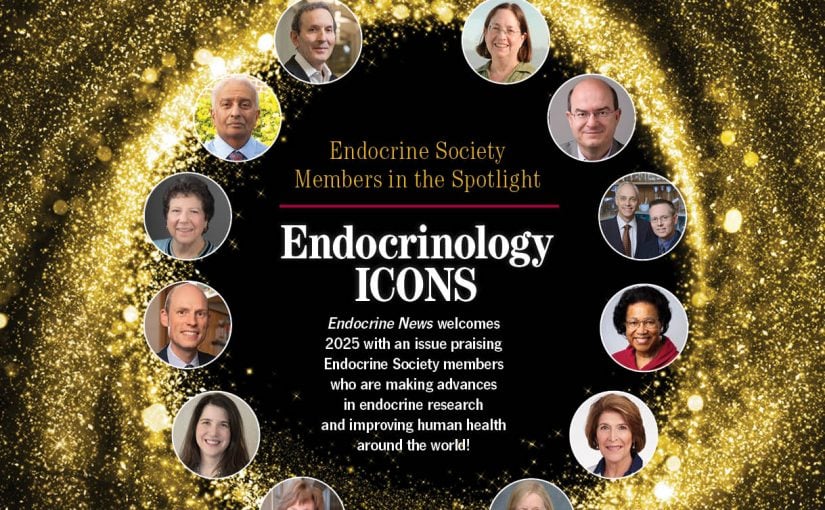There’s more evidence that clinicians and patients should think twice about that imaging study. A new analysis finds that a higher risk of thyroid dysfunction is strongly associated with the iodide exposure involved in CT scans and cardiac catheterizations
Some 80 million doses of iodinated contrast media are given for imaging studies worldwide each year, exposing patients to high levels of potentially thyroid-damaging iodide. A typical dose contains 15–60 million µg of bound iodine. About 13,500 µg is in the form of free iodide even before injection, and more becomes unbound while in the body. Depending on how much is freed, the exposure represents an acute iodide load of 90 times to several hundred-thousand times the recommended daily intake of 150 µg, according to a paper in Archives of Internal Medicine.
Given the huge numbers of patients receiving iodine doses large enough to cause thyroid damage, the research team was stunned to find a dearth of studies asking the obvious question about what effect it is having, said lead author Steven M. Brunelli, M.D., M.S.C.E. Dr. Brunelli is director of inpatient dialysis services and an epidemiologist in the renal and pharmacoepidemiology divisions at Brigham and Women’s Hospital in Boston. He is also an assistant professor at Harvard Medical School.
The researchers performed a nested case-control study of some 2,000 patients who did not have a pre-existing thyroid condition treated at two Boston hospitals over a 20-year period. They matched 178 incident hyperthyroid cases with 665 euthryroid controls and 213 incident hypothyroid cases with 779 controls.
“We found that the risk of hyperthyroidism following iodinated contrast media exposure was increased about twofold. The risk of more severe forms of hyperthyroidism was increased about 2.5-fold. There wasn’t a clear statistical association with new hypothyroidism, but if you looked at more severe forms of hypothyroidism, the risk was about 3-fold, and that was very statistically significant, as were the two hyperthyroid findings. It appears that these agents really may have profound effects on thyroid function,” Dr Brunelli told Endocrine News. He cautioned that the study was observational, so causality has yet to be firmly established.
Dr. Brunelli said that clinicians and patients should take these findings into account when considering whether a nonessential imaging study is needed: “In testing that is discretionary, this is one more piece of information that informs the risk/ benefit equation.”
In an invited commentary that accompanied the article, Elizabeth Pearce, M.D., M.Sc., an endocrinologist with Boston University School of Medicine, suggested clinicians apply the findings to practice by giving thorough attention to patients “at high risk to develop thyroid dysfunction after the administration of iodinated contrast medium,” with “palpation of the neck for the detection of goiter” a reasonable precaution before ordering the tests.2 “Patients who may be particularly unable to tolerate thyroid dysfunction, such as those with underlying unstable cardiovascular disease, are also good candidates for monitoring of thyroid function after iodine exposure,” she wrote.
In another comment that accompanied the article, Deborah Grady, M.D., M.P.H., of the University of California, San Francisco, wrote: “Given that exposure to iodinated contrast media is also associated with renal dysfunction, these data provide another reason for clinicians to think carefully about the value of imaging before ordering studies.”

